3000 Year Story: How Palmolive Was Turned Around
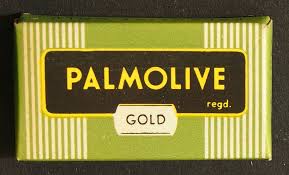
Palmolive transitioned from relative obscurity to household name status by 1912. A forgotten product became a brand
Copywriter Claude C. Hopkins encountered the problem in 1911 when two Milwaukee soap makers, Charles Pearce and B.J. Johnson, came to him with a dilemma. Palmolive, their toilet soap, has been available for sale for thirteen years but sales were dismal. Few people remembered it and few stores carried it. Palmolive has been unsuccessful in the past with its advertising campaigns. To increase their market share, Pearce and Johnson sought Hopkins’ advice. The onus was on Hopkins and his associate, Albert Lasker.
Finding an Effective Appeal: The Difficulty
It was very tough. Palmolive was hardly a newcomer to the cutthroat toilet soap industry. The vast majority of prospective buyers were happy with the brands they were currently using. Palmolive needs an enticing offer to convince these consumers to make the change if it is to be successful.
Similar claims were made by rivals like antibacterial capabilities, nourishing softness on the skin and of course cleanliness—Palmolive lacked uniqueness. Palmolive had stiff competition in the market, so coming up with a USP to set it apart was a major task.
Hopkins jumped headfirst into the research, studying competition, promotional materials from years past, and competitive packaging.
He examined the product’s formula. The two primary components of Palmolive were olive oil and palm oil. In comparison to other, harsher soaps, these oils made Palmolive feel softer and smoother, but that wasn’t all they had going for them. Both olive and palm oils have a long and storied history that spans centuries. According to Hopkins’s research, these oils were popular among the ancient Egyptians and Romans for their cosmetic uses. Palmolive transformed from a thirteen-year-old soap into a beauty product that had been in use since the beginning of civilisation.
Unveiling the Age-Old Mysteries of Beauty
For Hopkins, this insight was like a eureka moment. The allure of Palmolive was further enhanced by his association of the product with the ancient rituals of the Romans and Egyptians. As far as soaps go, Palmolive was more than just another option; it was an ancient beauty secret.
Hopkins incorporated an ingenious image to emphasise this idea in his ads. He used an ancient Egyptian hieroglyphic tablet that mentions olive oil and palm oil in the advertising as a humorous “testimonial” from that period. Customers in 1911 America, a nation that was only a century old, couldn’t resist the allure of this link to a custom that had been around for three thousand years. With a history that no other soap could equal, Palmolive was marketed as the ancient world’s most revered cosmetic.
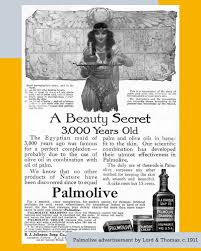
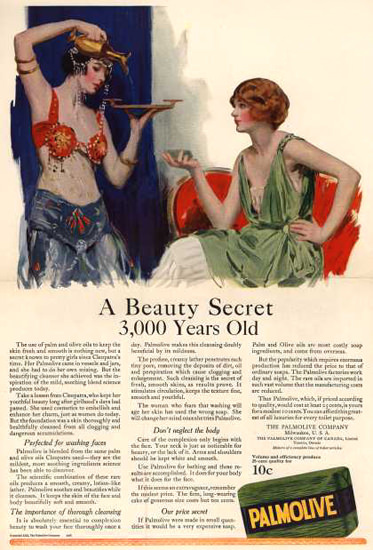
Conquering Obstacles in Distribution
Distribution remained a significant obstacle. Palmolive still has to be sold in stores for it to be purchased, no matter how clever the advertising effort is. Almost no distribution network remained for Palmolive after thirteen years of poor sales. Although most individuals purchased their toilet soap from their neighbourhood pharmacy, B.J. Johnson Soap Co. had little standing in the market.
Galvanic, a floor-cleaning soap offered in supermarkets rather than pharmacies, was their best-selling product. Hopkins knew that getting Palmolive into drugstores would change the company’s fortunes, but at first, the high manufacturing and distribution expenses made that goal unattainable on a national scale.
Hopkins opted to pilot his plan in a smaller market instead. With a $700 advertising budget, he settled on the 10,000-person town of Benton Harbour, Michigan, as his test area.
Hopkins launched a program named “Johnson Soap Week”. Customers would get a free bar of Palmolive with the purchase of any tin of Galvanic laundry soap. A full-page ad in the local newspaper identified participating local grocers who bought a case of Palmolive to take part in Johnson Soap Week.
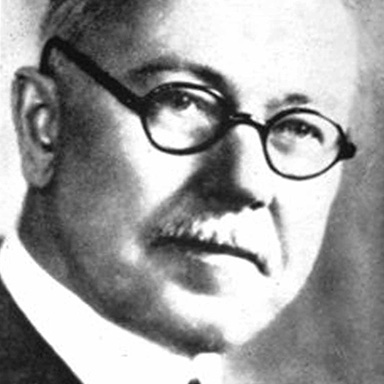
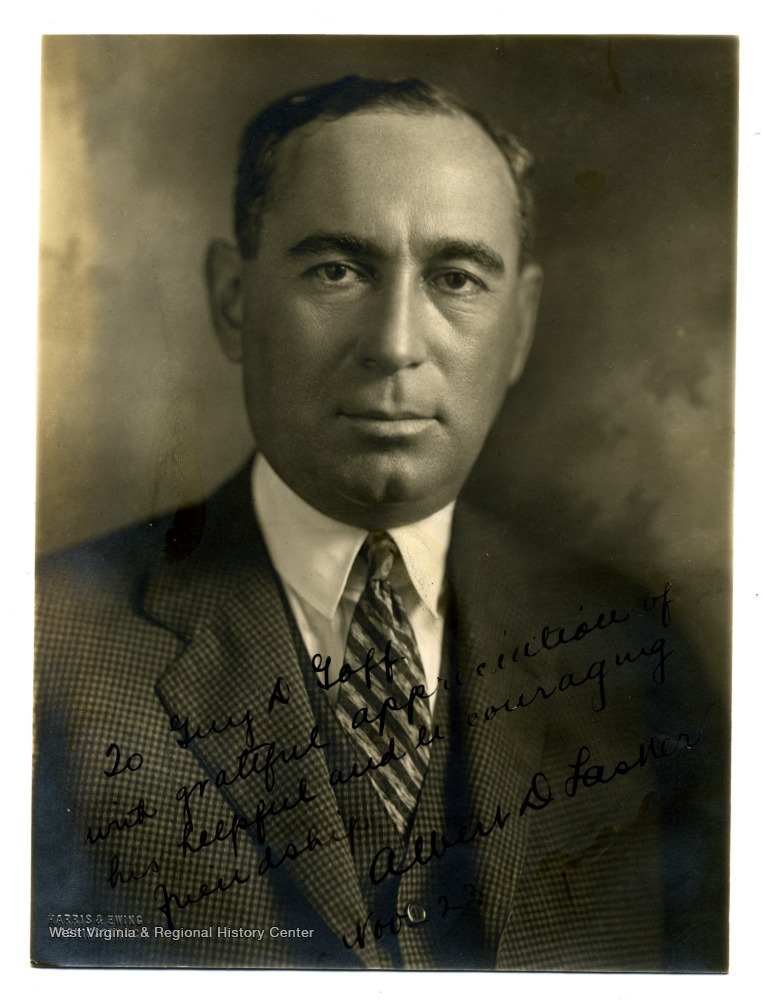
Unparalleled Deal for Pharmacy Stores
Hopkins moved on to his last goal, drugstores. He came up with an unbelievable deal: a coupon good for a free bar of soap. B.J. Johnson Soap Co. would pay the full retail amount to any pharmacy that redeemed these coupons. In this manner, pharmacies could make money off of free samples—one bar of Palmolive for every customer they gave it to.
For pharmacies, the offer was obvious. After Hopkins launched his first “3,000-Year-Old Beauty Secret” ad in Benton Harbour, they agreed to carry Palmolive. There was an instant impact. The $700 advertising spend was swiftly recouped as residents raced to grocery stores and pharmacies to redeem their coupons. Hopkins continued the program in additional test markets, buoyed by the success in Benton Harbour. All of the tests were fruitful, and Hopkins improved his method with each passing round. After all the tests were run, Hopkins came up with a successful formula: with a $3,000 investment (including $1,000 for ads and $2,000 for coupon reimbursements), they could make $20,000 selling soap. Now Palmolive had a solid plan for successful expansion.
Expanding Across America
They made a full-page advertisement in the nationally read Saturday Evening Post and sent flyers to fifty thousand pharmacies nationwide informing them about the offer and the outcomes of their previous efforts. B.J. Johnson Soap Co. had already had Palmolive orders totalling $50,000 from stores around the country before the Saturday Evening Post ad went online. Palmolive sold an additional $75,000 worth of soap the month after the advertisement appeared.
Even though Palmolive spent 16% of its whole sales income on coupon redemptions (two hundred thousand coupons were redeemed for twenty thousand dollars), this was a minor expense compared to the enormous growth of its distribution network. Nearly every pharmacy in the nation carried Palmolive within a year.
Conclusion
Palmolive transitioned from relative obscurity to household name status by 1912. A forgotten product became a brand that would last for decades because of Hopkins’s astute marketing, powerful appeal, and dedication to testing and improving his approach. Success stories such as Palmolive’s demonstrate that a correct strategy and innovative marketing can revive even a late-entry product.
Reference
https://www.scribestudio.co.uk/blog/palmolive-and-the-3000-year-old-testimonial

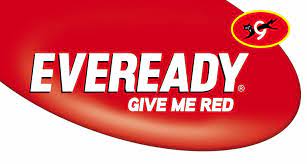


1 Comment